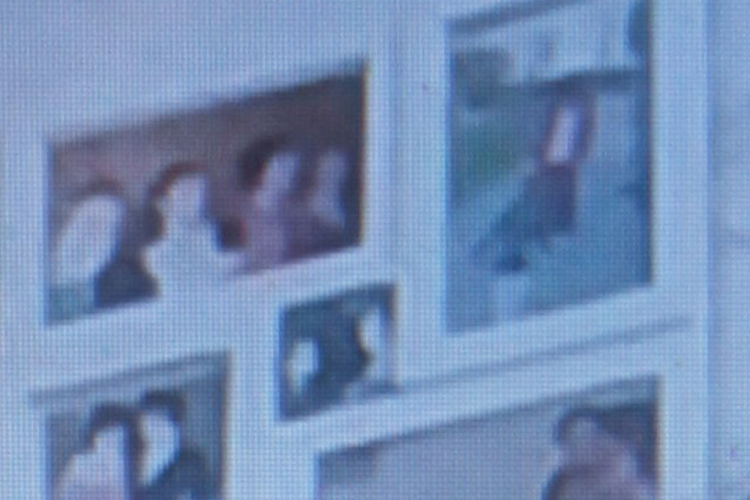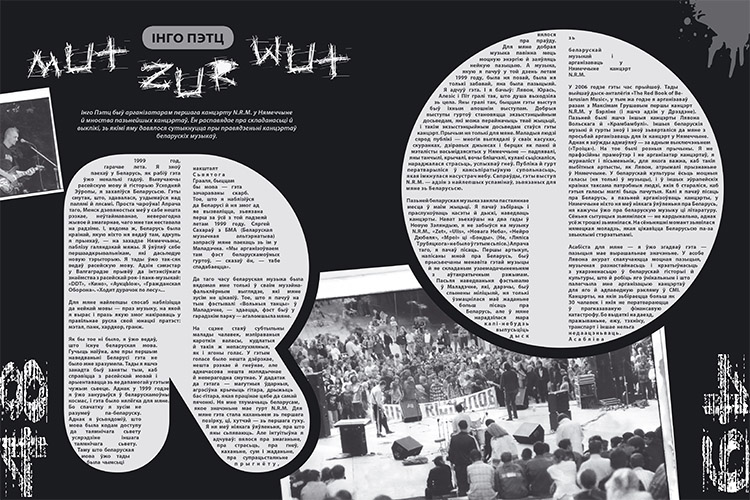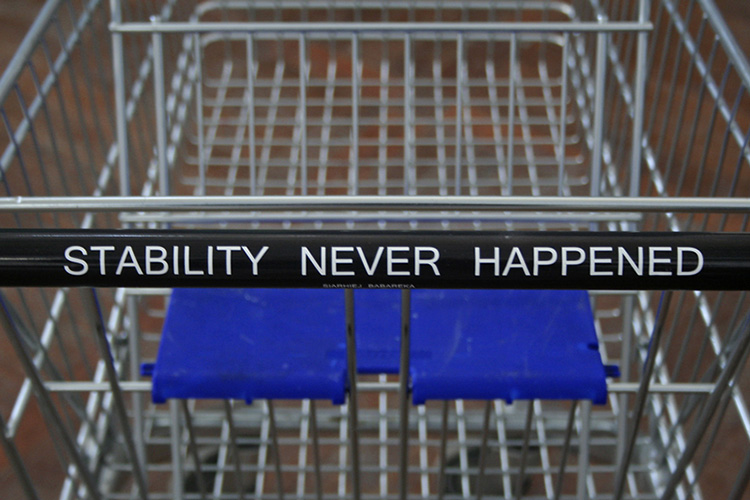
Аўтар: MiX, 09/07/2014 | ART project
8TH BERLIN BIENNALE: FOR CONNECTING TO HISTORY AND FUTURE
This year, the 8th Berlin Biennale for Contemporary Art welcomes visitors to the different areas of the city, the cartography of which brings everyone to rich history of Berlin.
The historical chapter was vital for the curator of the biennale Juan A. Gaitán (Canada/Colombia) from the very beginning. The Canadian-born curator, who lives and works in San Francisco and Mexico City, had to move to Berlin to develop exhibitions for the biennale. After spending some time in Berlin, the curator admitted the importance of architecture for connecting the city both to its history and its future. The venues of the 8th Berlin Biennale for Contemporary Art are Haus am Waldsee, the Museen Dahlem- Staatliche Museen zu Berlin, and KW Institute for Contemporary Art, which continues to be an epicenter of the Berlin’s biennale.
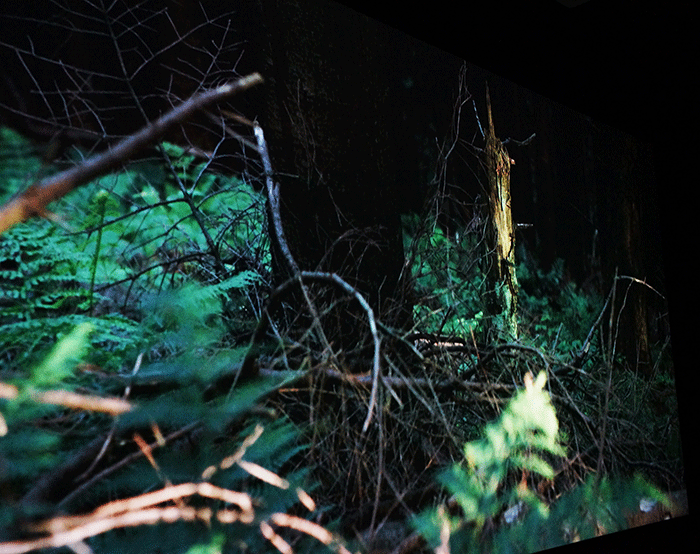
Patrick Alan Banfield
The Haus am Waldsee, initially designed as a private villa in 1922, was turned into an art venue in 1946. Beautifully situated in the nature idyll, far in the southwest of Berlin, the place today hosts several participating artists of the biennale. Walking through the exhibitions, however, it is very hard to keep focus on art. The scenery in the windows at some point absorbs one completely. Admiring garden and nature, I constantly had to remind myself to switch back to the artworks. This relationship is also discussed in the work of the German artist Patrick Alan Banfield, exhibited in the villa.
We fulfill our needs through the abundance of land, which in its turn raises new ideas and desires in humans and inevitably leads to the development of a new sort of needs- to alter this land. In his artistic practice, Banfield focuses on the socialization of ”nature” and the poetics of identity.
His two-channel video and audio installation vyLö:t (2012) starts as a dialogue between concrete housing blocks on the one screen and nature on the other, which gradually develops into a monologue of human desire, decisions, and creations. Following the narrative from one screen to another, the viewer follows how the untouched land gets transformed into the straight cutting lines of concrete buildings and vice versa. The video work creates a platform for asking questions as well as the understanding that to every action there is reaction. But what kind of reaction will be proper here?
On the second floor of the Haus am Waldsee, I would like to admit the Swedish artist Matts Leiderstam who presents a group of reproductions of oil paintings The Connoisseur’s Eye (2014). The way in which the artist exhibits the works plays an essential role in the understanding of the idea of the author, but also it opens up new horizons in the reading and evaluating art. Matts Leiderstam’s exposition occupies four rooms. Walking from one room to another, the viewers more or less follow the same choreography. Guided by the desire to see the exhibition, the viewer is constantly immobilized by the fact that all paintings are turned away from him/her when he/she enters the room. The artist has created the possibility for the viewer to see both sides of the works- the front side and the back. At that, the conventional information is as important as an alternative way of seeing.
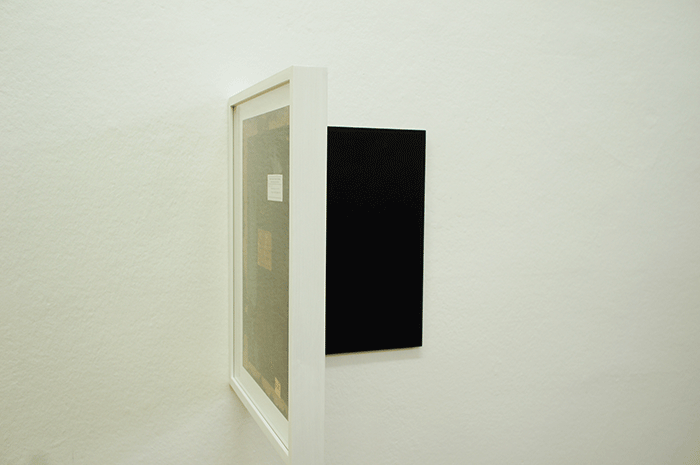
Matts Leiderstam The Connoisseur’s Eye
Since Matts Leiderstam extracted a number of artworks from art history and involved them in his artistic research, these oil paintings achieved a different meaning, an additional author and a new life that is of the contemporary interpretation of the old and perhaps forgotten artworks.
KW Institute for Contemporary Art is a dynamic exhibition space on 5 floors. A series of works from Li Xiaofei’s ongoing video project Assembly Line ( 2010-) is presented here. Li Xiaofei is a Chinese visual artist who currently lives and works in Shanghai. His field of interest is to explore the relationship between labour and management. Using interview approach, but also methods of documentary fim making, Li Xiaofei reveals the details of the hidden from the public gaze mechanized production and daily operation processes.
The filming took place at hundreds of factories (chiefly in China’s Ynagtze River Delta) the artists has been visiting since he started the project. The video installation Assembly Line stretches on two walls in a dark room and discusses the dynamics of the machinery processes through the statics and stillness of the workers.
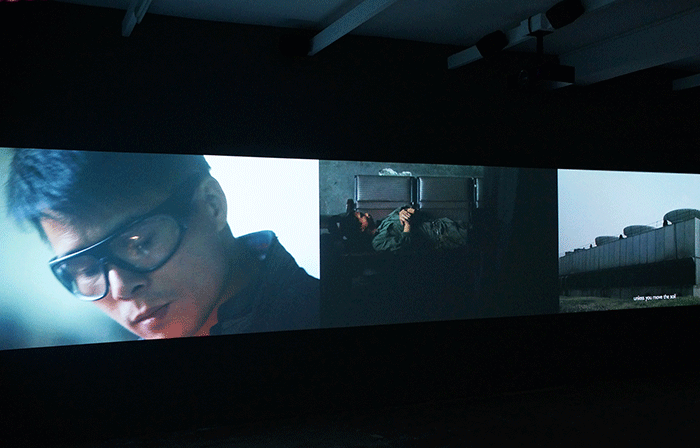
Li Xiaofei Assembly Line
In the Museen Dahlem, the permanent ethnographic collection of the four continents of Africa, the Americas, Asia, and Australia and Oceania got to coexist side by side with the various topics discussed by the artists of the 8th Berlin Biennale. The approach definitely serves as a reminder to the Europe’s colonial expansion. In the Museen Dahlem, the Italian- German artist Rosa Barba continues to explore how light, sound, screen, and other characteristics of the moving image can be synthesized together in a consummated whole. In her project Subconscious Society (2014), the artist has built a spectacular installation for the screening of the 35 mm films stills.
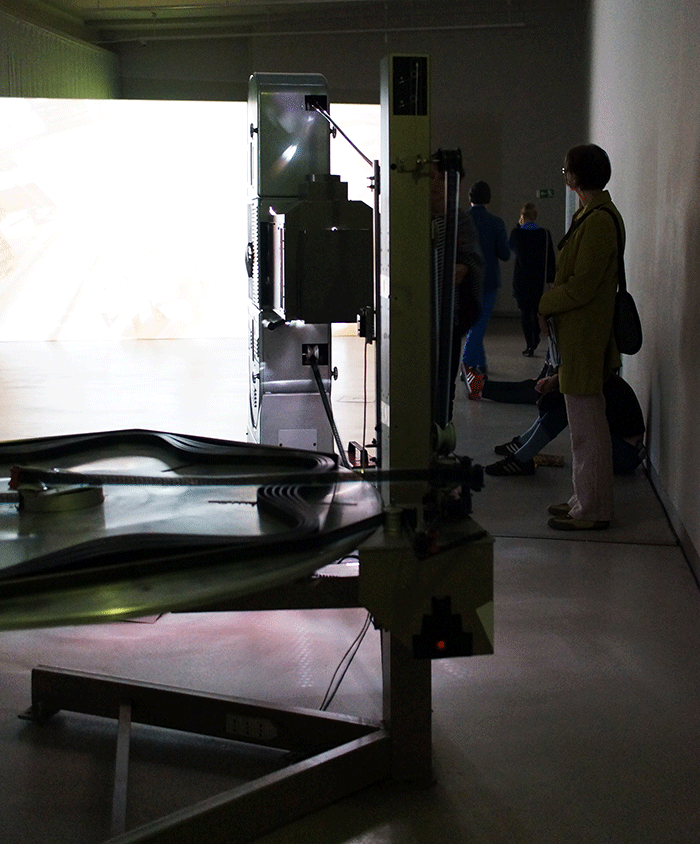
Rosa Barba Subconscious Society
There is much more to see at the biennale. The 8th Berlin Biennale for Contemporary Art lasts until 3 of August. It is one month left, so please hurry up! Besides the biennale, there are other cultural events constantly happening in the capital. Nice coffee shops, international cuisine, affordable prices will make your stay pleasant and load it with great memories and new friends.
As a final word, when I applied for the press accreditation on the page of the 8th Berlin Biennale for Contemporary Art, there was no such a country as Belarus among the listed countries. It is still not there. So just choose another one.
Author: MiX
Photo by MiX



